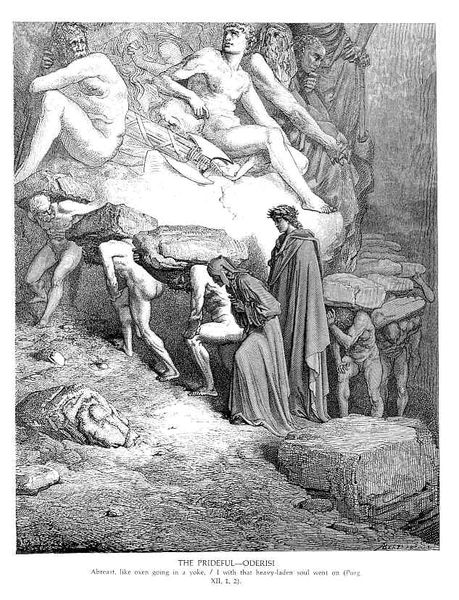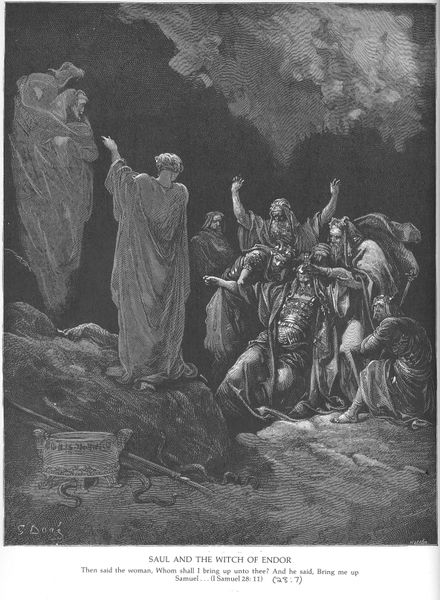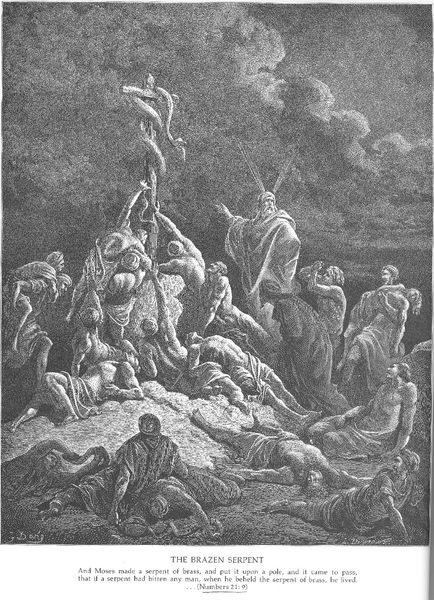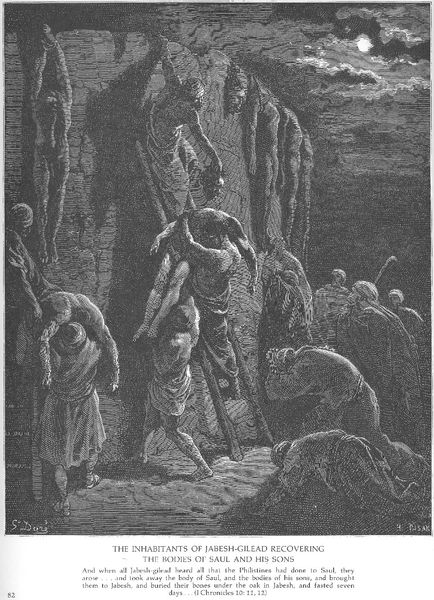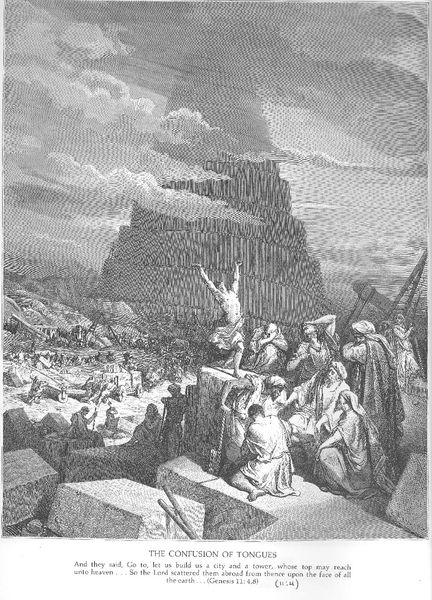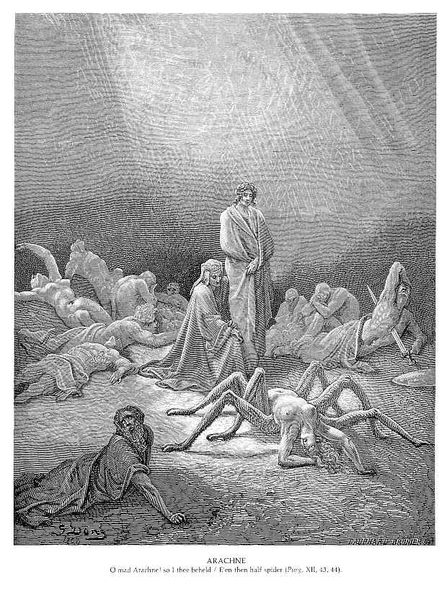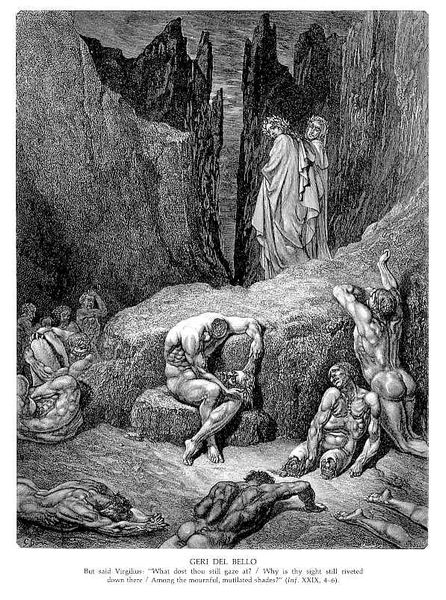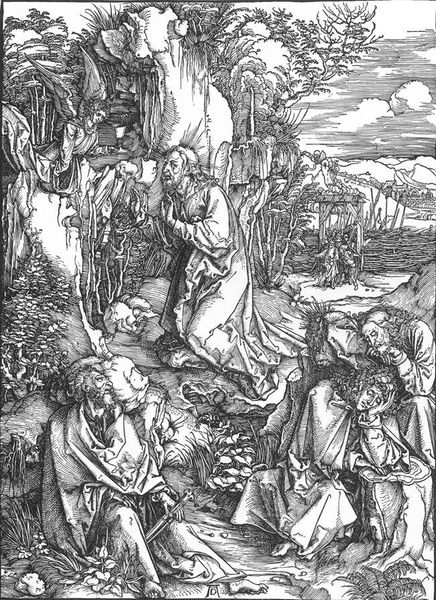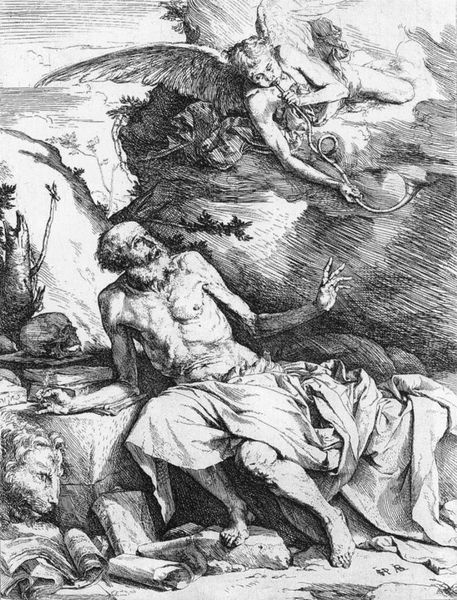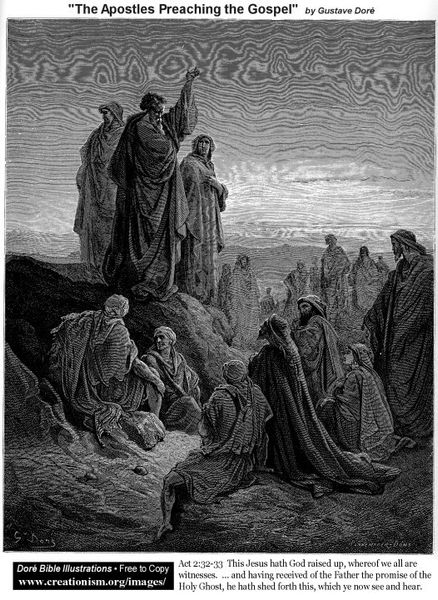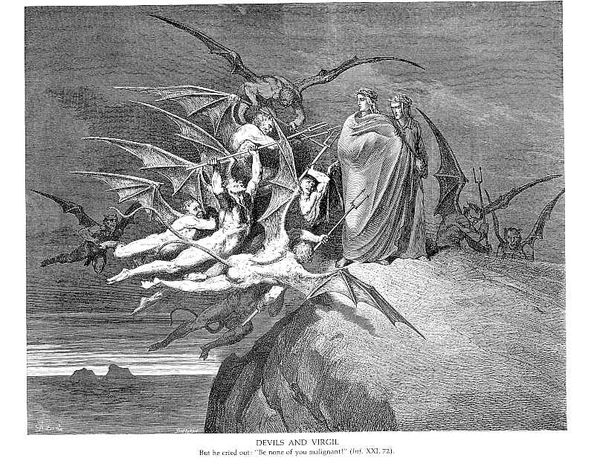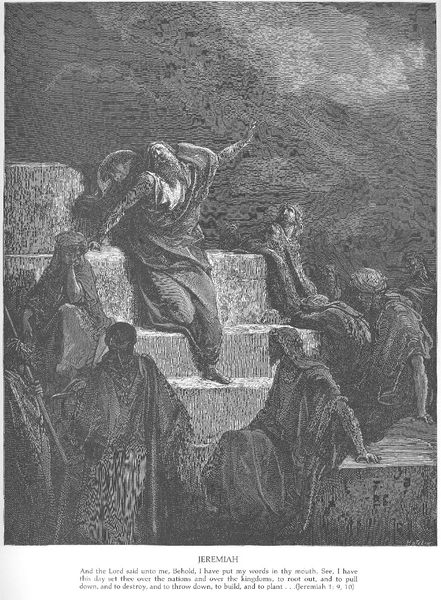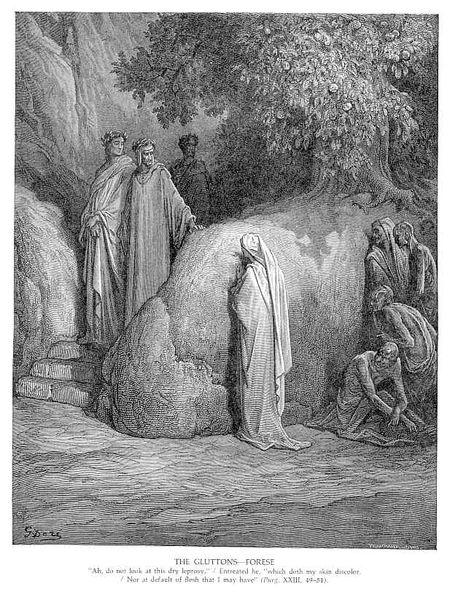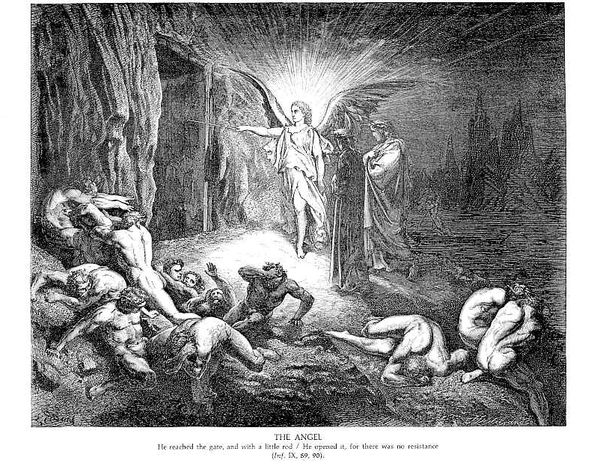
Copyright: Public domain
Curator: This is Mårten Eskil Winge’s 1865 pen and ink drawing, "Hammar retrieval III. Thor Recovers the Hammer." The linework is really quite intricate for a sketch. What are your initial thoughts? Editor: Dramatic! The dense, scratchy lines create a sense of urgency, almost anxiety. The high contrast and upward thrust of Thor’s arm—it really draws the eye up, doesn't it? The angularity in his arm mirroring the hammer head, all that line-work is a bit raw. Curator: Raw perhaps, but that roughness speaks to the romantic era, it also underlines how important the hammer was for society's social organisation in pre-Christian Scandinavia. The story behind this image is significant, of course. The giant Thrym steals Thor's hammer, and demands Freyja in return. But Thor is disguised as Freyja, infiltrates the wedding, and at the crucial moment, reclaims Mjolnir. Editor: So it’s about the means of retrieval! Thinking about that moment… note the dynamic positioning of the figures; see how the composition guides your sight back to center of the figure and hammer as focus? A story of ingenuity but presented through the artistic means of dynamic line and form, all those diagonals pulling your eye in different directions to add dynamism to this climactic recovery! Curator: Yes! And I see it also reflecting Winge’s background and how it shaped his approach. He started as a craftsman before shifting his focus to the Fine Arts; the heavy line-work is possibly due to printing process considerations when producing such artworks en-masse. He's not just telling a mythological tale; he’s embedding social messages within the image. The hammer isn’t simply a weapon. It is a symbol of power, of the social and productive power that protects the people! Editor: So it's not just about artistic representation. It's also about the socio-economic power associated with art. Curator: Precisely. We're examining art history alongside material culture here. This illustration shows how society saw the role of artwork at this moment of rising Nationalism in Europe. Winge, in his life and craft, and even this pen drawing becomes a powerful emblem of society’s underlying system! Editor: Intriguing to think that an illustration such as this could point to broader truths than meet the eye. What was seemingly just a story is actually representative of socio-cultural forces. Curator: Exactly. So by understanding artistic materialities in a societal context, this changes our views on how art practices have evolved!
Comments
No comments
Be the first to comment and join the conversation on the ultimate creative platform.
